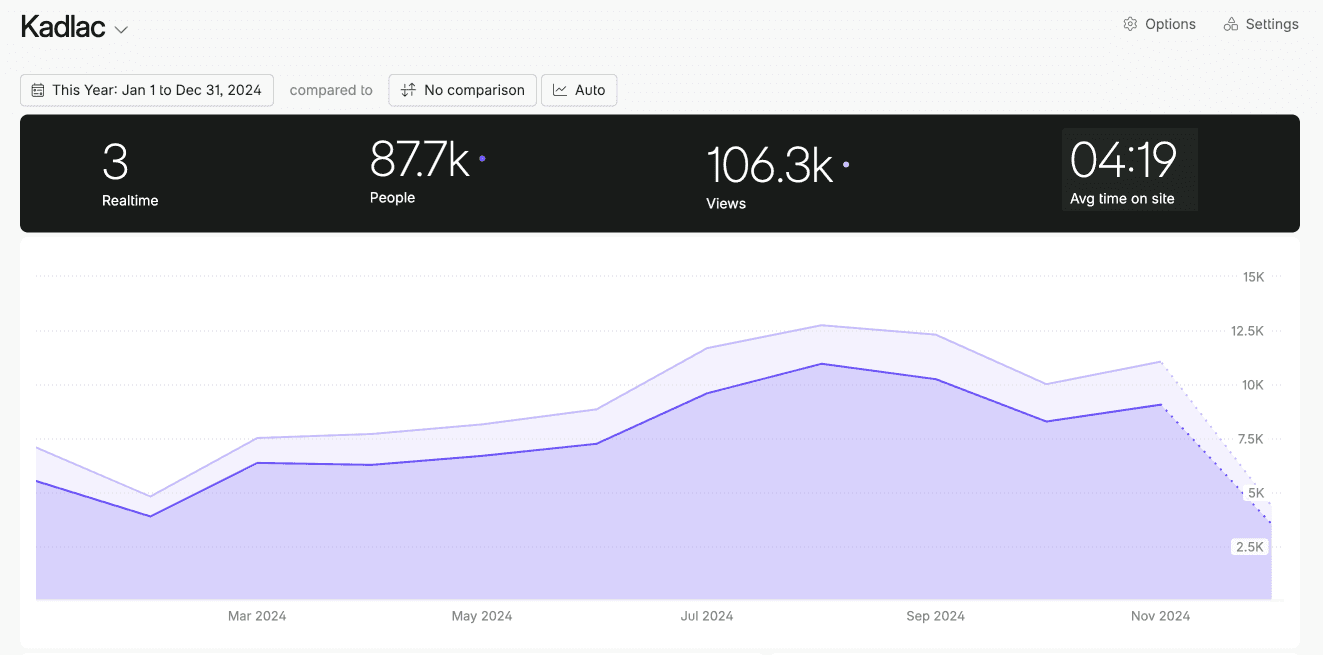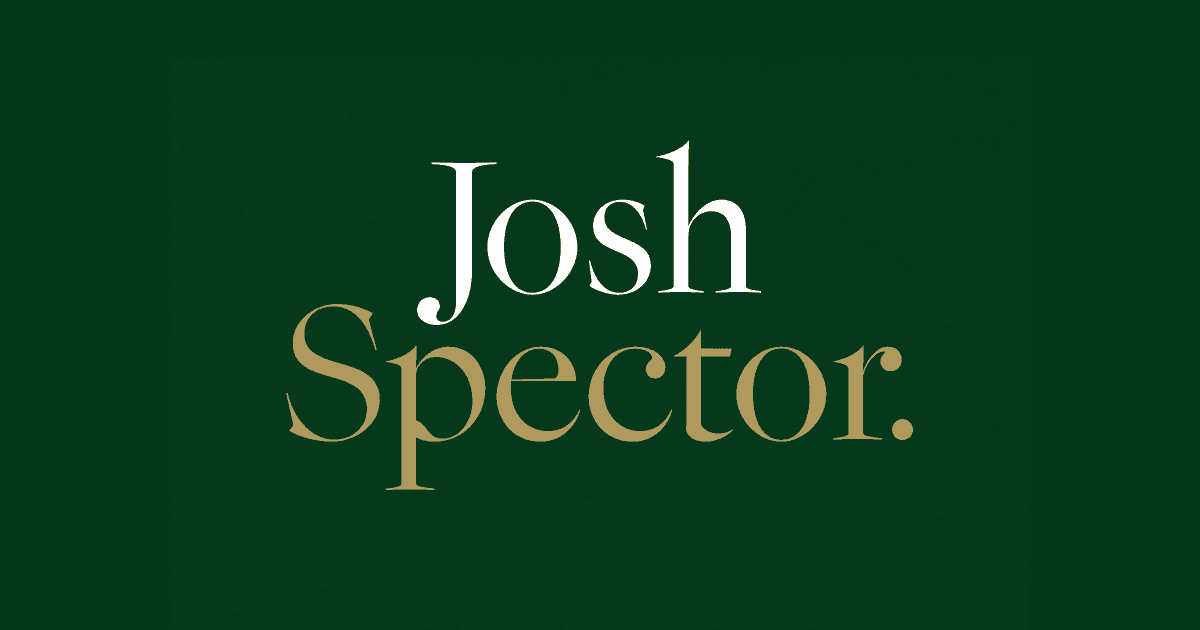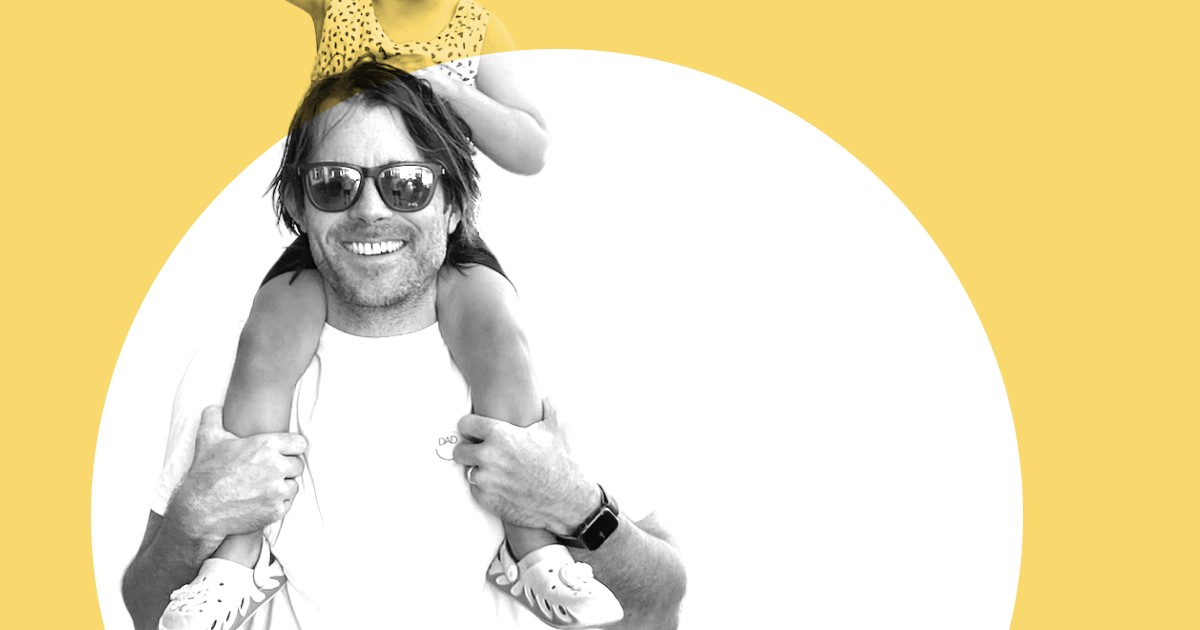Oct 18, 2022
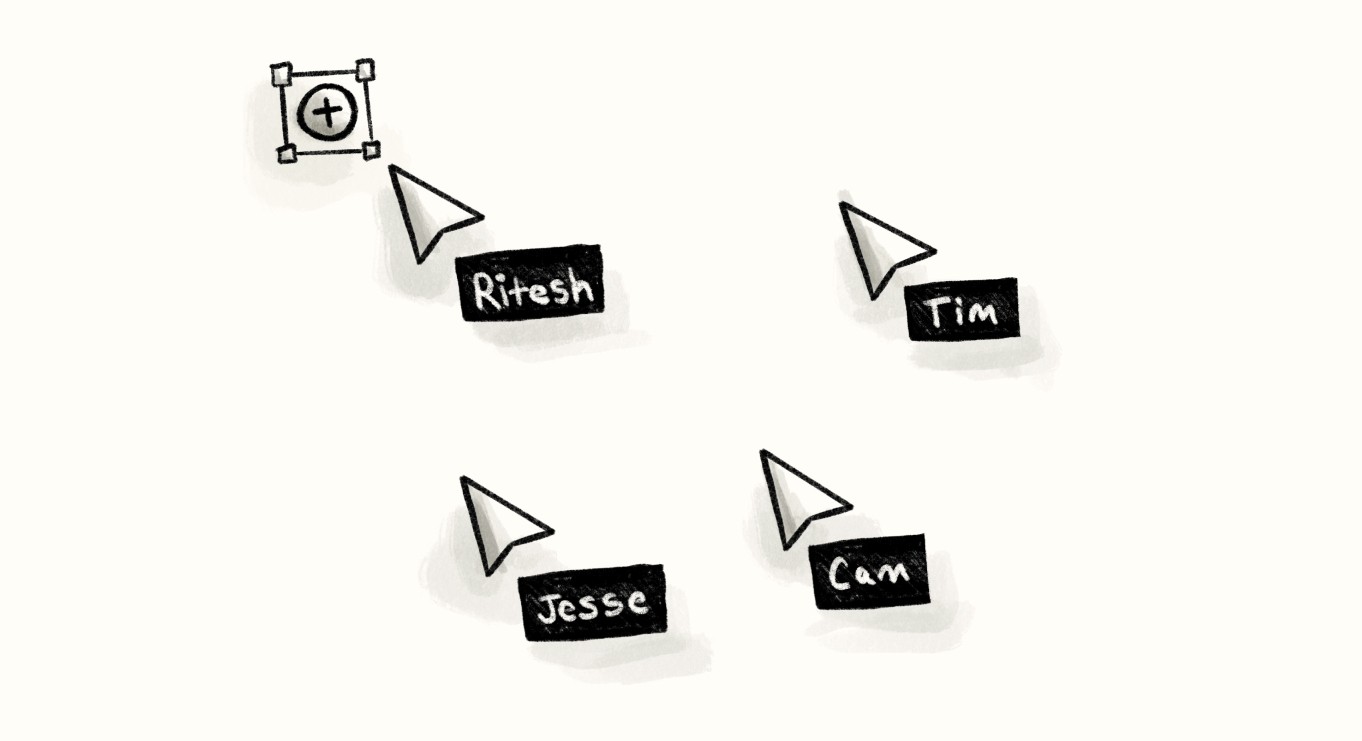
Designing a beautiful app, writing a great book, or recording a song in a studio takes a collaborative effort. Pick a single point in the process and it may appear like a solo endeavor. But, viewing the entire lifeline of a creative project from a birds eye view, it requires feedback, collaboration, revisions, and endless conversations.
Designers, photographers, musicians, and other creative professionals use software to engineer their ideas into fascinating and inspiring results many of us can only dream up.
Digital creative expression manifests into songs that stream through your ears, social apps designed to keep your fingertips swiping, and movies that permeate your retinas while you sit on the sofa. All designed and engineered using creative software tools for expression.
But for too long, design tools made collaboration at every stage of the creative process difficult to accomplish. They naturally encouraged solitude, because getting feedback meant waiting hours, or days on end for it.
Four years ago, I became introduced to a tool that changed the way collaboration could happen at a visual level. It made design playful and engaging. It allowed more people into the early, chaotic design process. And it forever changed how creative and productivity software tools should be made.
How Figma's real time collaboration changed the rules
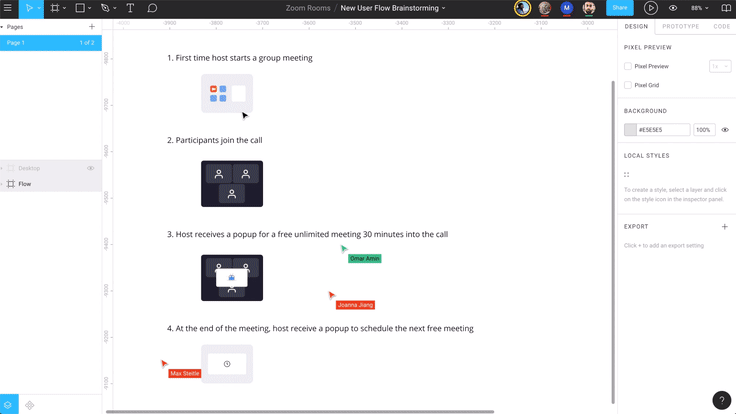
While living in San Francisco, I was introduced to a new design program called Figma. The name alone was strange, filled with features that might describe online gaming more than it did a serious design tool.
Figma's custom multiplayer system. Browser-based design. No desktop file system. Comment and message inline. Inline prototyping.
Wild. I couldn’t tell if this was the future or a gimmick.
Designers take their craft seriously. Not unlike photographers, musicians, artists or other creative professionals; it’s how creatives produce work to be seen and used by others.
I didn’t see it at first, but Figma focused less on the craft, and more on real time collaboration that gets lost between designers and stakeholders.
Old school collaboration
Traditionally, designers would have to print, email, Slack or present concepts in-person to get feedback and approval.
This slow feedback loop encouraged designers to spend extra time on getting the output to a presentable point, just to wait hours or days to get solid feedback from stakeholders. This delay would disrupt the natural flow that we all desire.
The idea of moving quickly and breaking things was not incentivized. Designers didn’t want to show early work when something more formal was expected.
Live collaboration and feedback
Collaboration in Figma is magical. It’s Google docs for designers. I love introducing people to it for the first time because there’s a sense of, “Whoa, I had no idea this was possible.”
Figma was founded on the idea that WebGL (Web Graphics Library) could enable your computer’s graphic chip to power design in the web browser. This was a new concept, and if it worked, that meant that design files could exist in the cloud, and not held by one person.
If design files weren’t owned in the traditional sense, then multiple people could edit the same document at any given time.
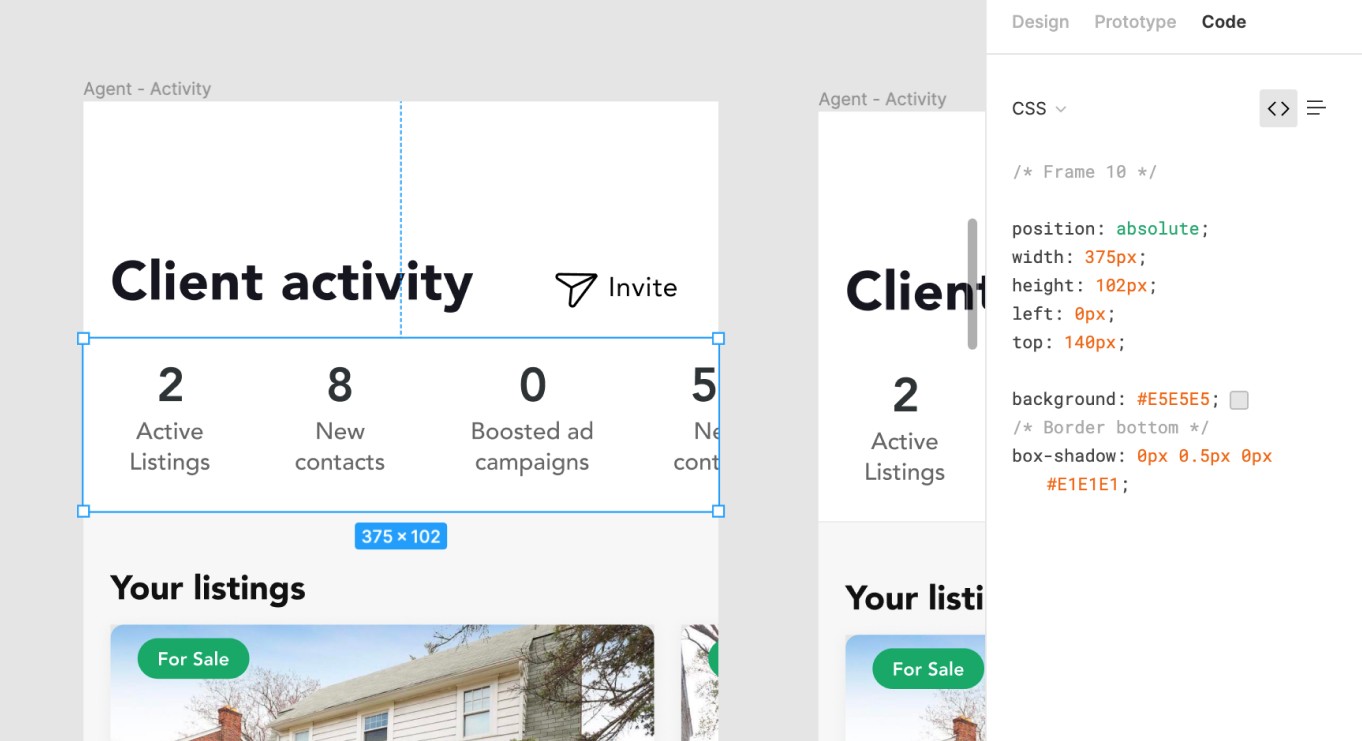
You see, there are many parts to this design box. You might have a designer or three (or more) working on a certain product feature, but they’ll also need feedback from higher up the chain. Figma real time collaboration allows for URL sharing that links directly to the live file, so viewers can comment directly on the design.
You will also need engineers to view the file to make sure they understand the inner-workings, such as font size, spacing, padding, and margins.

In 2019, Figma found that a design file naturally starts with 1 person. Within 19 days, a second collaborator is added to the project to help design or review. On day 52, when the average project comes to an end (the last edit), the average number of participants on that same file is six. Designers, managers, and engineers. All on the same page.
Gone are the days of the traditional file system. Photoshop files and Sketch files are a thing of the past.
Creativity and collaboration
Creativity at its premise is about change.
Ed Catmull, cofounder of Pixar, says, “Since change is inevitable, the question is: Do you act to stop it and try to protect yourself from it, or do you become the master of change by accepting it and being open to it? My view, of course, is that working with change is what creativity is about.”
If change is inevitable, then enabling collaboration early in the creative process is a fundamental feedback loop that shouldn’t be delayed. It creats better designs, happier designers and stakeholders.
As developers and designers continue to build new products, collaboration should be table stakes for productivity tools moving forward.
Curious about what tools will help you build your own creative business?
Get my free toolkit of 59+ resources that will help you learn, create, and sell online.

